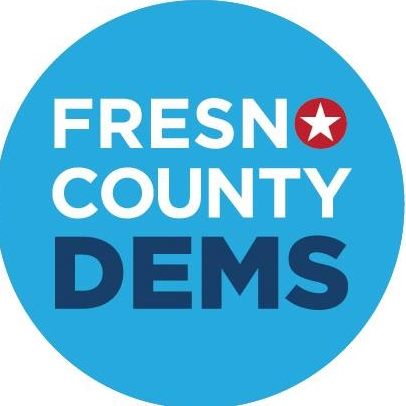|
Yesterday we went to Oklahoma to meet with residents who are recovering from severe flooding. Volunteers from all across the country have come in to help. Neighbors and families are doing everything they can to pitch in and look out for each other, showing the very best of the American spirit. In the town of Sand Springs, I met Jeremy, who warned all his neighbors to prepare after looking at the early water levels, the historical data, and doing the math himself for how high it’d rise this time. The Army Corps of Engineers put out official warnings just hours before some of the worst floods hit the area. His wife, Kim, told us that a lot of their neighbors don’t have social media or regular access to the Internet. They were counting on someone telling them they needed to evacuate but that never happened. No one ever came by. Now both Kim and Jeremy are left wondering why we couldn’t have done a better job notifying residents earlier.
Right across the street, we met with the family of a World War II Air Force veteran, Chester. His house ended up with four feet of water inside. But when the water started pouring in, Kim ran across the street to pull the clothes out of his drawers and stuff them into garbage bags, grabbing anything she could for Chester. When Chester’s great niece Jamie called him to check in, he said he couldn’t wait on FEMA and that he was going to start cleaning up now. So Jamie and her husband got in the car, went to get some supplies, and made the drive over where we met them as they were helping tear the damage out. Some possessions are replaceable, but many are not. Among the possessions sitting outside on the front yard was a flooded WWII trunk with Chester’s uniforms, medals, letters, and keepsakes from the war. They were hoping it could be saved but knew some of it couldn’t be.
We heard a few things from every person we talked to on the ground. First, that the place we visited, Town and Country, is such a special community — from the neighbors helping neighbors to the family members taking off work to help people pack up belongings, clean up from the damage, and try their best to prepare for the storms that will return later this week. We came away so impressed by the sense of dedication these Oklahomans have to one another. Second, we heard concerns from almost everyone about the lateness of the warning system. Jeremy told us Congressional action is needed to give the Army Corps the authority to notify people earlier based on forecasts. We have to find a way to disseminate that information as early as possible. Some neighbors told me they didn’t think Congress knows what’s going on in their community but those living in the neighborhoods impacted did. We need to do a better job putting communities and those on the ground in the driver’s seat. Third, residents need much faster recovery response times. They can’t afford to take out expensive loans while they wait for disaster money. It can’t take months for people to be able to get basic resources, like it did in Puerto Rico. Much of the responsibility lies with Congress. Kim told me that one neighbor just gave up and moved out of the neighborhood — with no plans to return because they don’t want to wait on the resources to come in. County Commissioner Karen Keith mentioned a FEMA program that puts a trailer in your yard for 18 months, connecting to your existing utilities. That helps keep people rooted in their neighborhoods. Fewer people end up selling their homes for cheap, which helps limit the economic damage to the neighborhood.
We also heard a lot about flood planning — that it’s important for our federal government to prepare for disasters before they hit. That’s why our climate plan calls for significant investments in pre-disaster mitigation grants. Local communities need the resources to build up the infrastructure and the levees to prevent the worst damage before it happens. From the beginning, we’ve said our campaign would be about showing up everywhere for everyone. That’s why it was so important for us to be there in Oklahoma with people who are going through this difficult time. I want to make sure that no matter where you live, we can come and listen to you, learn from you, and incorporate your stories into the campaign we’re running. We are so grateful to all those who came up to say hello and talk to us in Oklahoma on Sunday. Those who helped us become better informed. We’ll be thinking of these communities in the days to come and want to make sure they get the resources they need. Our job now is to take in these insights and stories. What we learned will be invaluable as we seek to serve Oklahoma and the rest of this country.
Before I go, I want to ask all of you to consider chipping in to the Tulsa Community Foundation’s disaster relief fund. The funds they collect will aid the residents of eastern Oklahoma in their long-term recovery. You can chip in here: https://tulsacf.org/?fund=1409 – Beto  PAID FOR BY BETO FOR AMERICA To contribute via check, please address to Beto for America campaign, P.O. Box 3628 El Paso, TX 79923. |
Yesterday we went to Oklahoma to meet with residents who are recovering from severe flooding. Volunteers from all across the country have come in to help. Neighbors and families are doing everything they can to pitch in and look out for each other, showing the very best of the American spirit.









